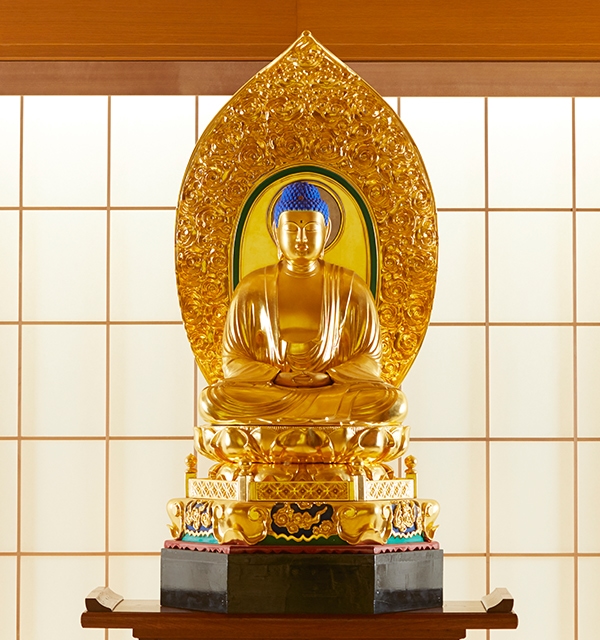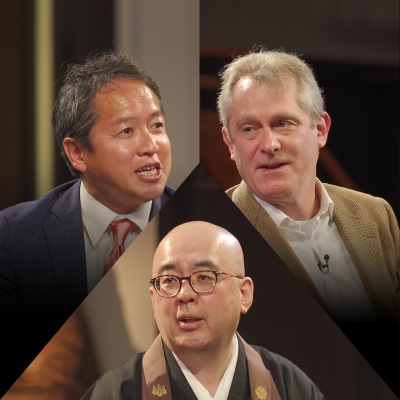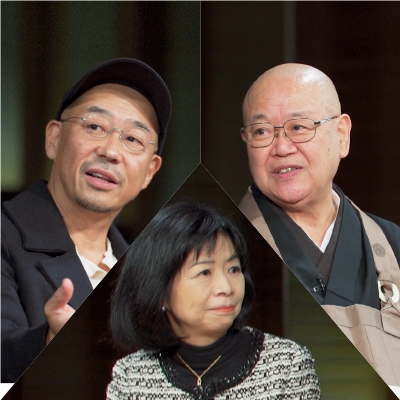
The History of Zen: Discovering the Roots of Sōtō Zen (7)
From Prof. KAGAMISHIMA Genryū’s Zengaku gairon kōgi nōto
(Introduction to Zen Studies Lecture Notes)
Chapter Three: Bodhidharma’s Zen
Bodhidharma first brought Zen from India to China. There were others who brought meditation to China before him, but the meditation they taught was Hīnayāna Meditation. Mahāyāna Meditation was first introduced to China by Bodhidharma. Bodhidharma was a historical person, but his biography includes legends making it difficult to distinguish fact from fiction. Today it is know that historically Bodhidharma was a man from South India who came to China by the sea route around 520. Bodhidharma traveled to the northern kingdom of Wei, and practiced wall-gazing壁観*1 at the Shaolin monastery少林寺 at Mt. Song嵩山east of Luoyang. According to the tradition of the Zen school he discussed Buddhism with Emperor Wu武帝 of Liang梁 before arriving at Wei, but this was probably not an actual historical occurrence.
The Zen of Bodhidharma later spread throughout all of China, and came to be dominant in Chinese Buddhist circles for two reasons: one an external reason, and the other an internal reason.
The external reason was that while Confucianism儒教 and Daoism道教 had been the two major systems of thought in China, when Bodhidharma came to China Confucianism was diminishing and Daoism was gaining in influence. Unlike Confucianism, Daoism taught wuwei ziran (Jpn. mui jinen無為自然, spontaneity without artifice), an idea that was close to the Buddhist idea of emptiness空. For that reason, the emptiness taught in Bodhidharma’s Zen was readily acceptable to the Chinese of that time. Because of the popularity of Daoism, the stage was set for the acceptance of Zen in China. It was because of that pre-existing doctrinal basis that Zen spread quickly thorough northern and southern China.
The second or internal reason was that the Zen that Bodhidharma taught was practically oriented, and this suited the Chinese temperament. It is often said that Indians are quite speculative, while the Chinese are a practical people. If Buddhism as a religion with an Indian philosophical orientation had been brought to China, it would not have spread so widely among the Chinese. However, the Zen that Bodhidharma brought, while a transmission from India, was of a practical nature and suited the Chinese character. For the above two reasons, internal and external, Bodhidharma’s teachings spread throughout all of China.
*1 Wall-gazing (Jpn. hekikan) is the practice of seated meditation while facing a wall. Also, a meditation that is immovable like a wall.

SPECIAL
ZEN,KOMAZAWA,MANAGEMENT
For our 5th discussion in this series we welcomed guest participant Mr. David Atkinson, CEO of Konishi Decorative Arts and Crafts, for a three-way dis・・・
2020.08.07

SPECIAL
ZEN,KOMAZAWA,MOVIE
For our fourth interview we welcomed film director Tatsushi Ōmori as our guest, and together with Komazawa University Chancellor Seishi Nagai and Prof・・・
2020.03.05

